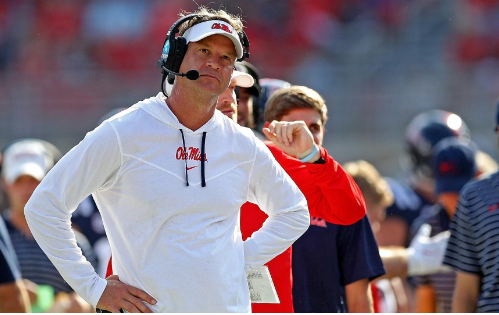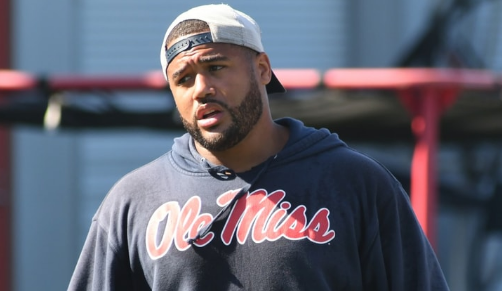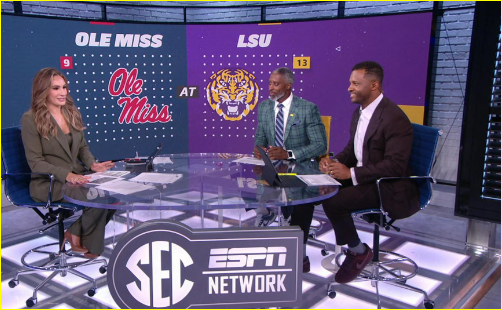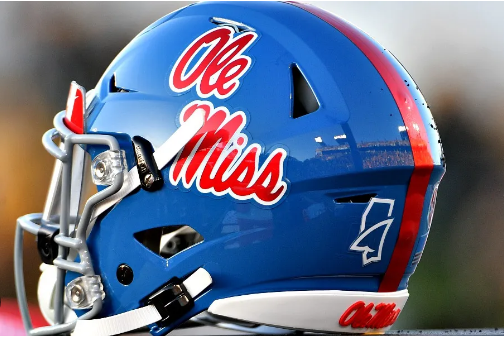There isn’t a single football institution in the country that has used the transfer portal to its advantage ahead of the 2018 season like Ole Miss, and Lane Kiffin accepted that reality while still asking for big reforms to a “horrible” system that he believes requires severe overhaul.
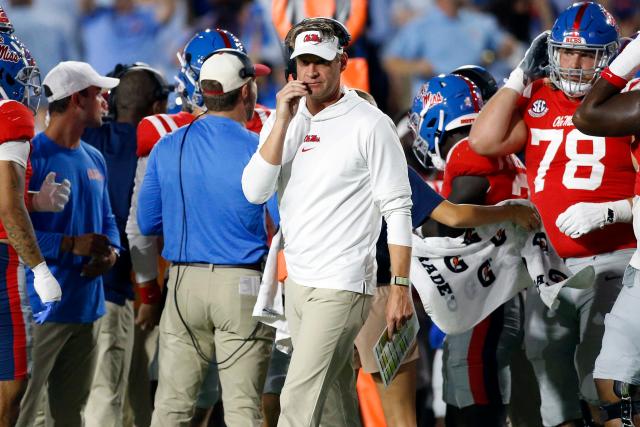
The NCAA launched the transfer portal six years ago, which eased the relocation procedure for student-athletes interested in moving to another college.
It was an important development, but it didn’t appear to have a dramatic impact on the collegiate athletics environment when it was implemented. However, given the current situation, this is undoubtedly the case.
In 2021, the NCAA removed the rule that required most student-athletes to wait out a year before becoming eligible to play at their new school if they opted to transfer.
The change was first billed as a one-time exemption, but the floodgates were fully opened earlier this year thanks to a new policy that allows limitless transfers with no penalty in the great majority of circumstances.
As of now, Ole Miss leads the way among college football programs that have taken advantage of the transfer portal ahead of the 2024 season; Lane Kiffin has signed a total of 24 players, including major acquisitions such as former Texas A&M defensive lineman Walter Nolen, ex-Florida DE Princely Umanmielen, and one-time South Carolina WR Antwane Wells Jr.
During a recent interview with The Athletic, Kiffin (who has been the head coach at Ole Miss since 2021) was more than willing to admit the Rebels have taken advantage of a system he absolutely despises, while also warning about its ability to instill complacency among players who, he claims, are at a higher risk of being taken advantage of by unscrupulous actors.
Kiffin was reticent to float any precise vision, and while he repeatedly admitted that he and Ole Miss have benefited from the transfer portal to an unprecedented degree this year, he plainly believes that status will give weight to the worries he expressed, saying:
“The current structure likely benefits us as much as any school in America. And I’m telling you it’s a terrible system, so what does that say?
I should be sitting here saying, “Do not change anything.” But it’s not really good. Maybe when I was younger, I wouldn’t say anything because I’d think, ‘This is amazing, selfishly, for where I’m at.’ But it’s not for the greater good of college football or student-athletes.”
Kiffin is concerned about how the transfer site has taught players to deal with hardship, saying,
“When things don’t go as planned, they mentally say, ‘I’ll just go in the portal the next window or in spring ball.'” You know, I don’t particularly enjoy this. I did not get enough balls in practice today. I’ll go to the next gateway window.
That does not sound nice to me. So, in my perspective, this has resulted in some unfavorable consequences for the player.
At this point, the transfer site is intimately linked to NIL agreements, and Kiffin also emphasized the lack of transparency surrounding how much money is truly moving hands, which can lead to players being mislead, noting:
“They are also lied to by people and told, “Oh, you need to go in the portal because you’ll receive $500,000 at these institutions because that’s what DBs are making right now in the portal.”
People can just make up anything they want. “It’s the agents attempting to push them into the portal.”
It’s quite evident something needs to happen, but at this point, it’s hard not to wonder if college football will approach the point of no return before the required changes are made.
